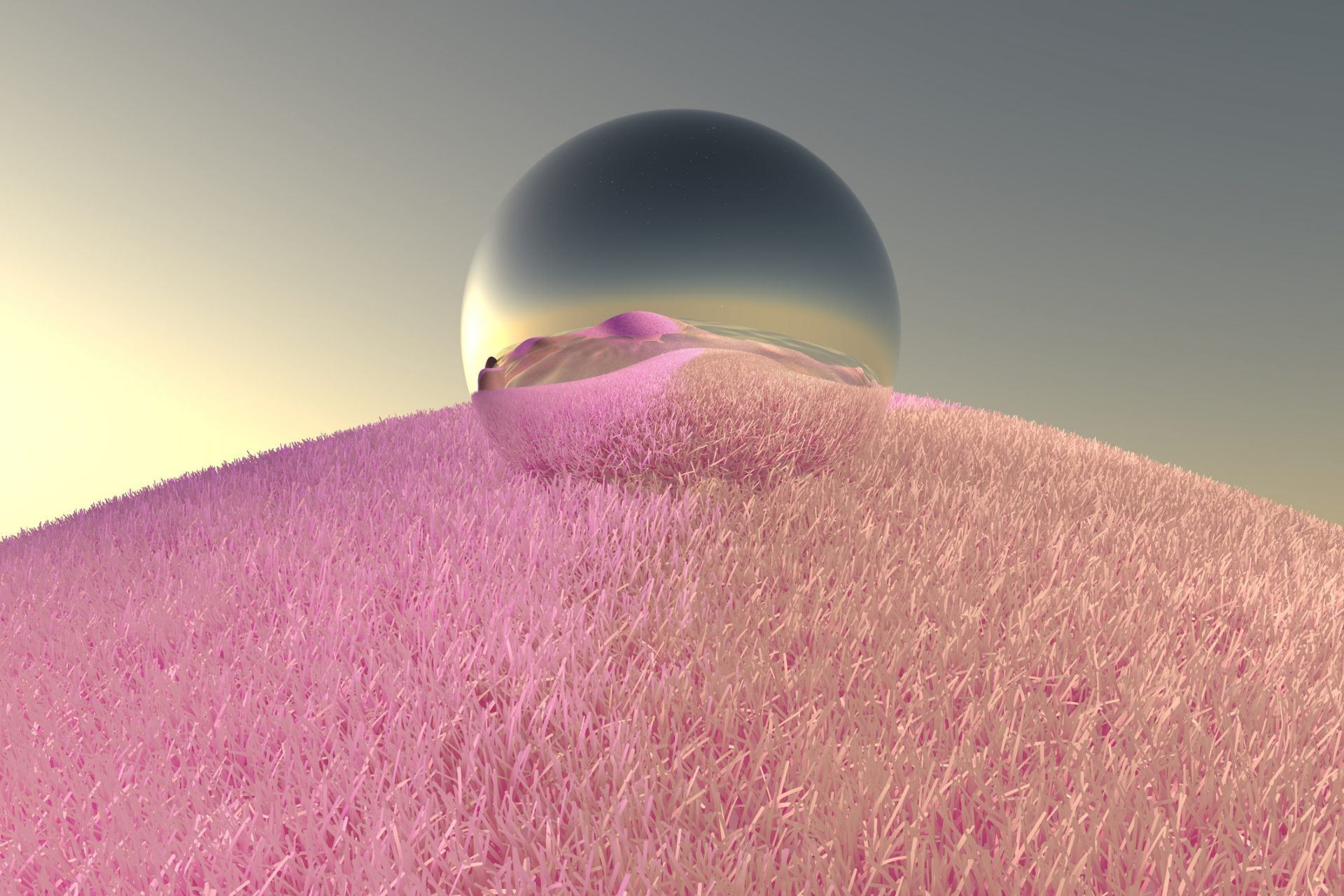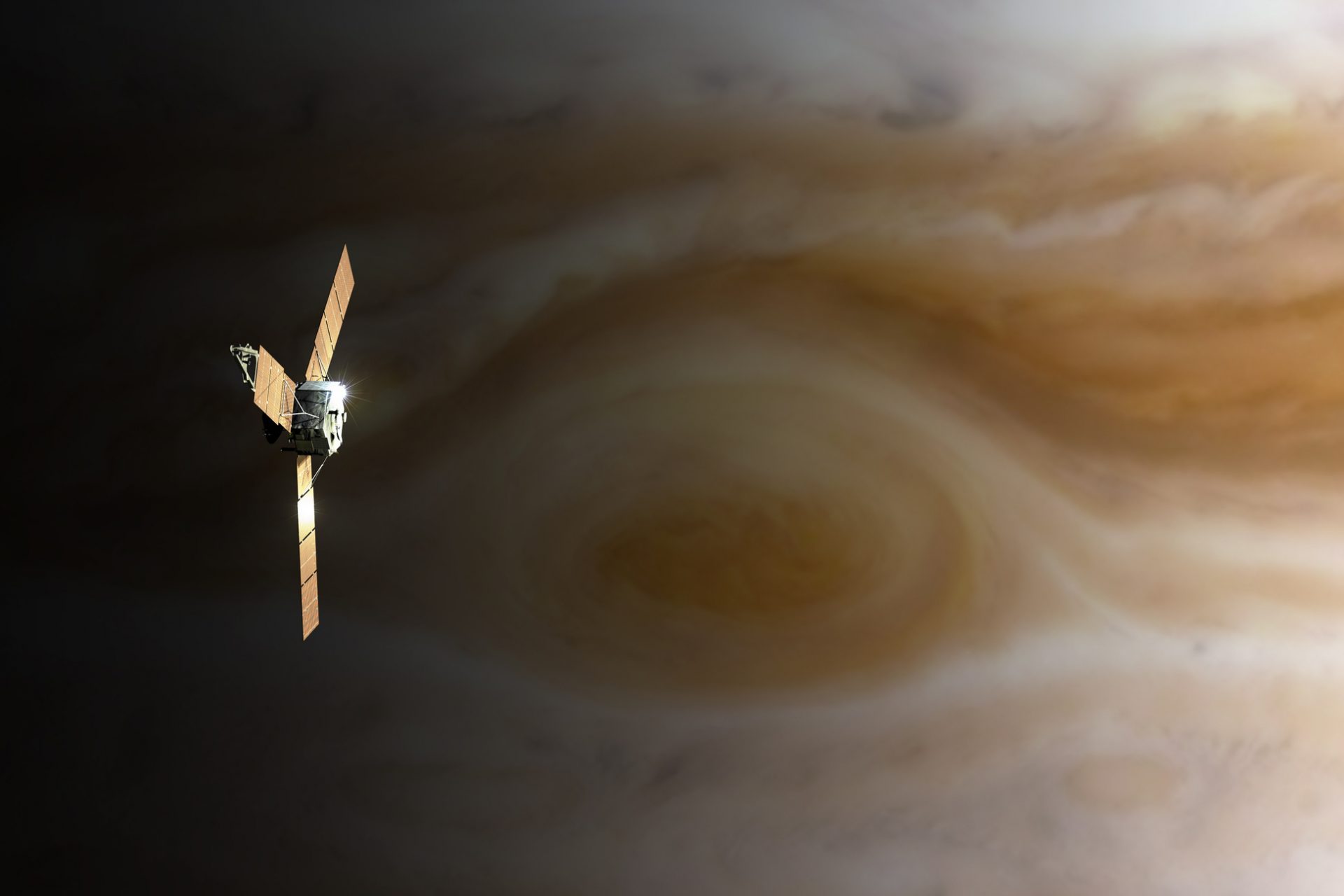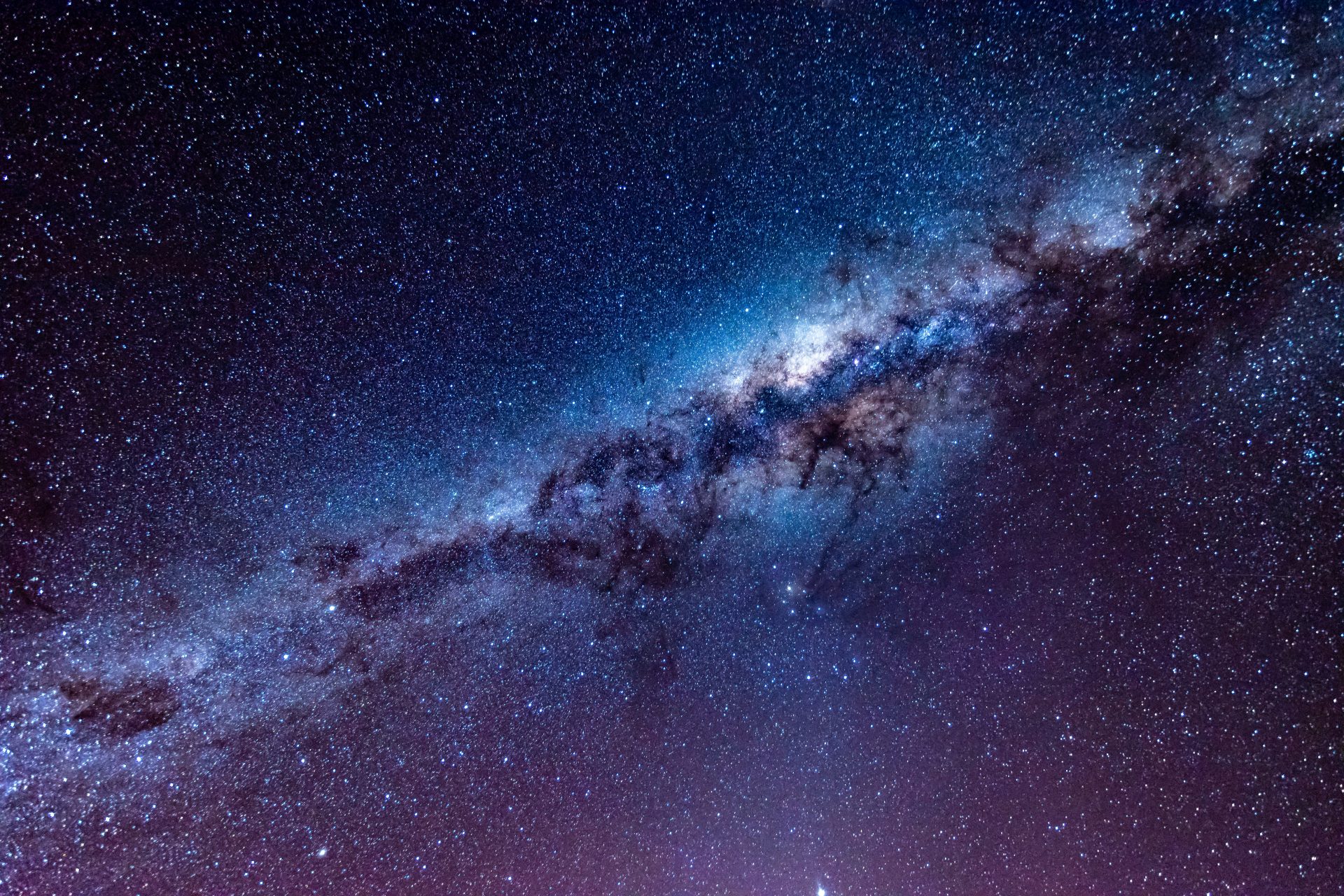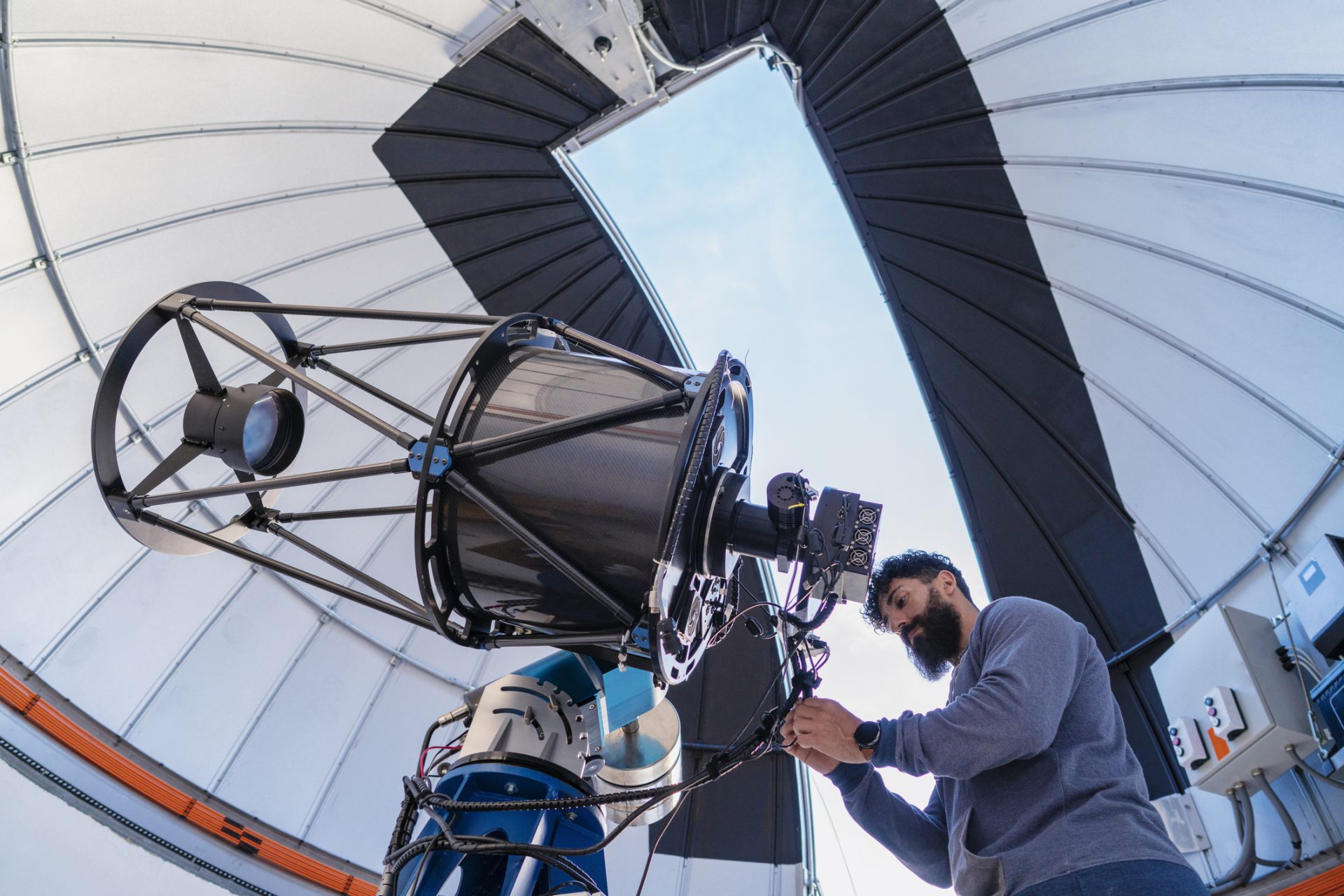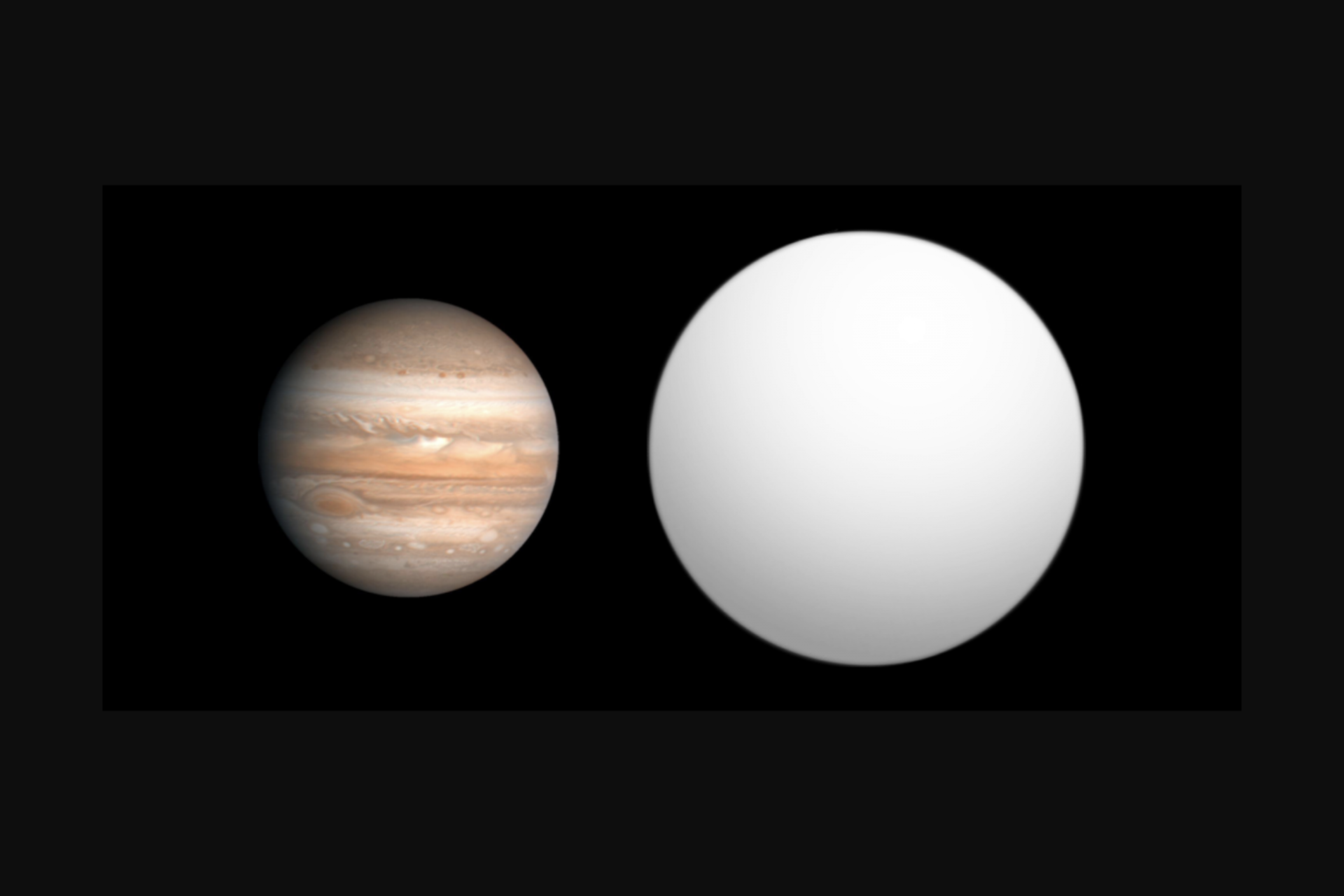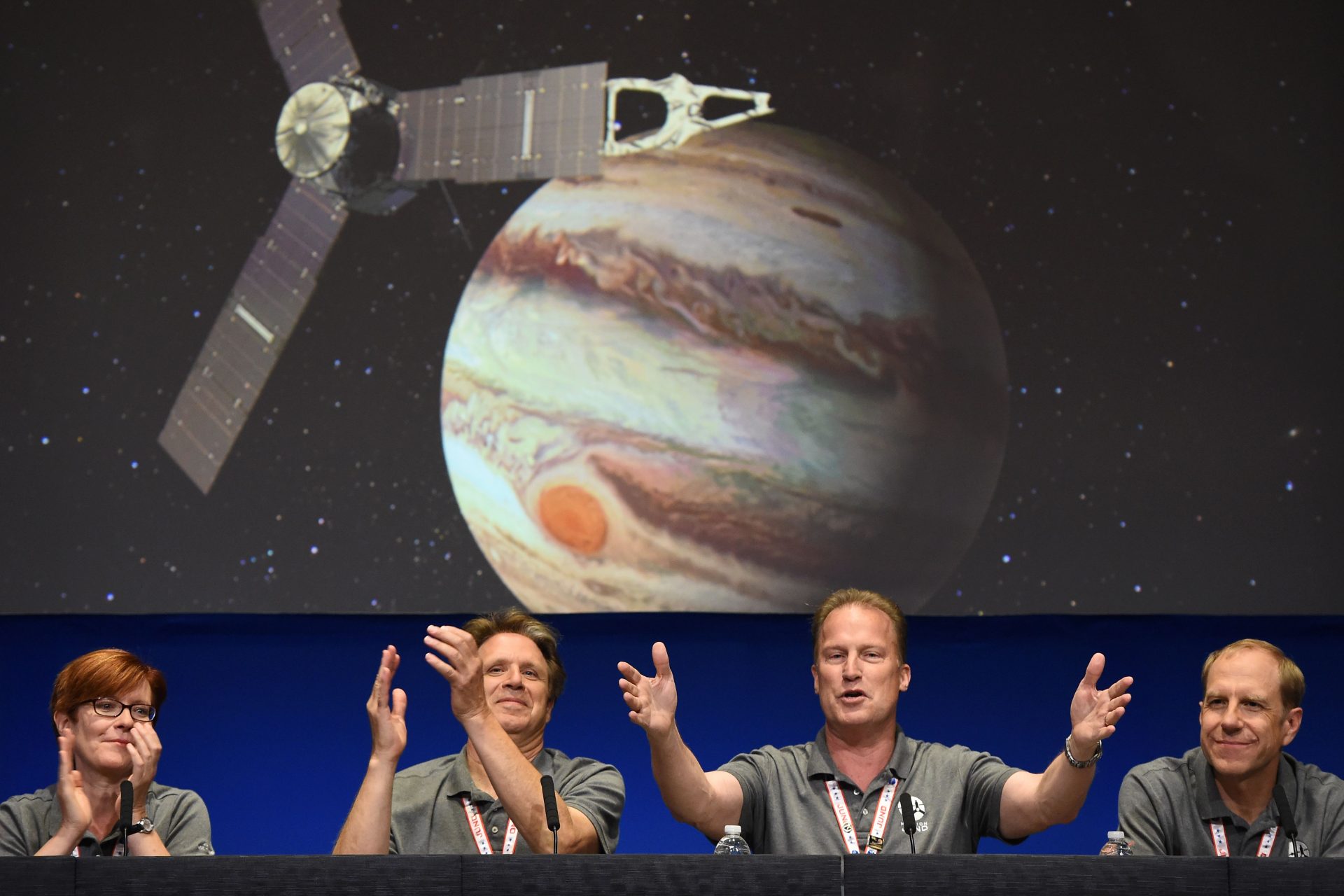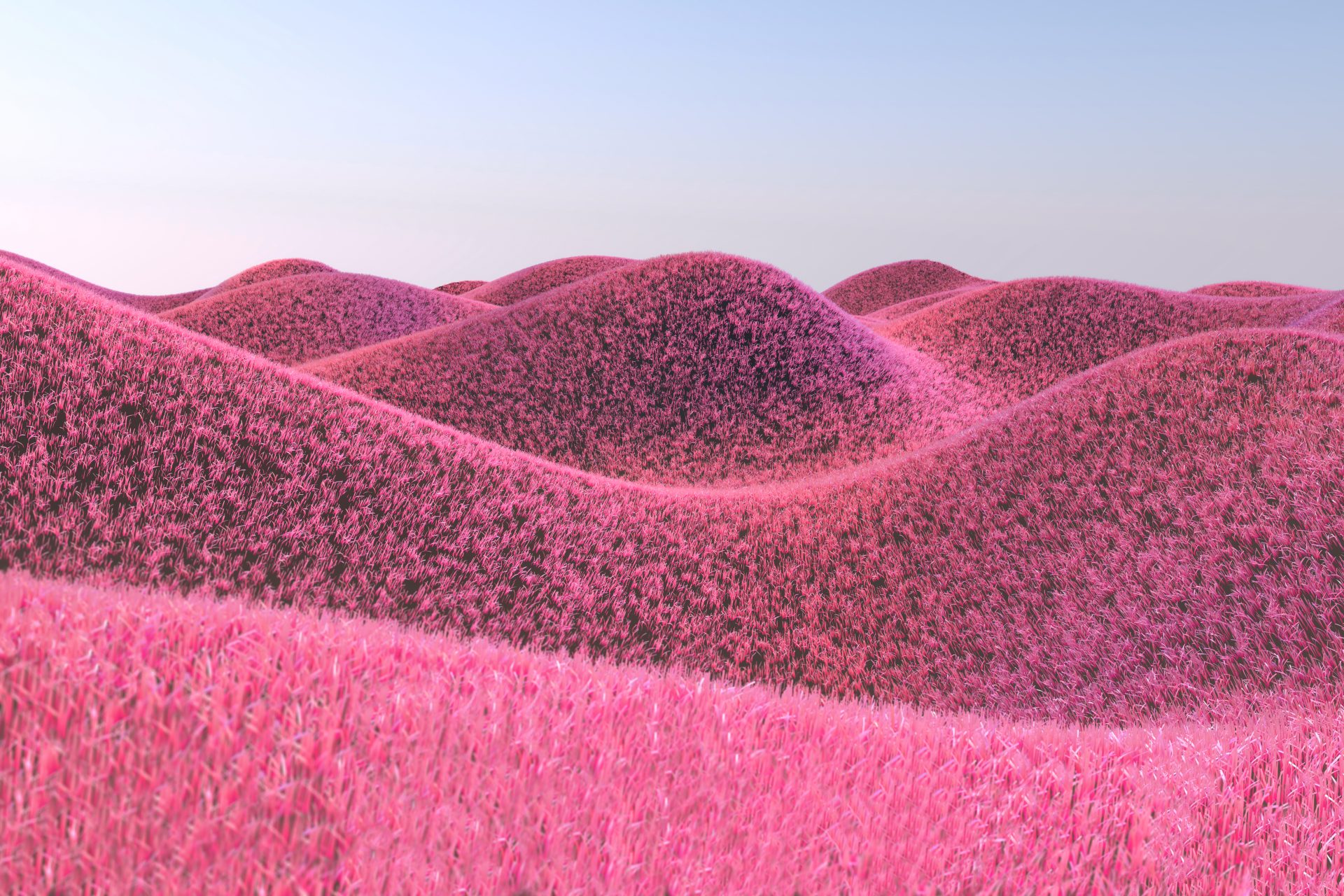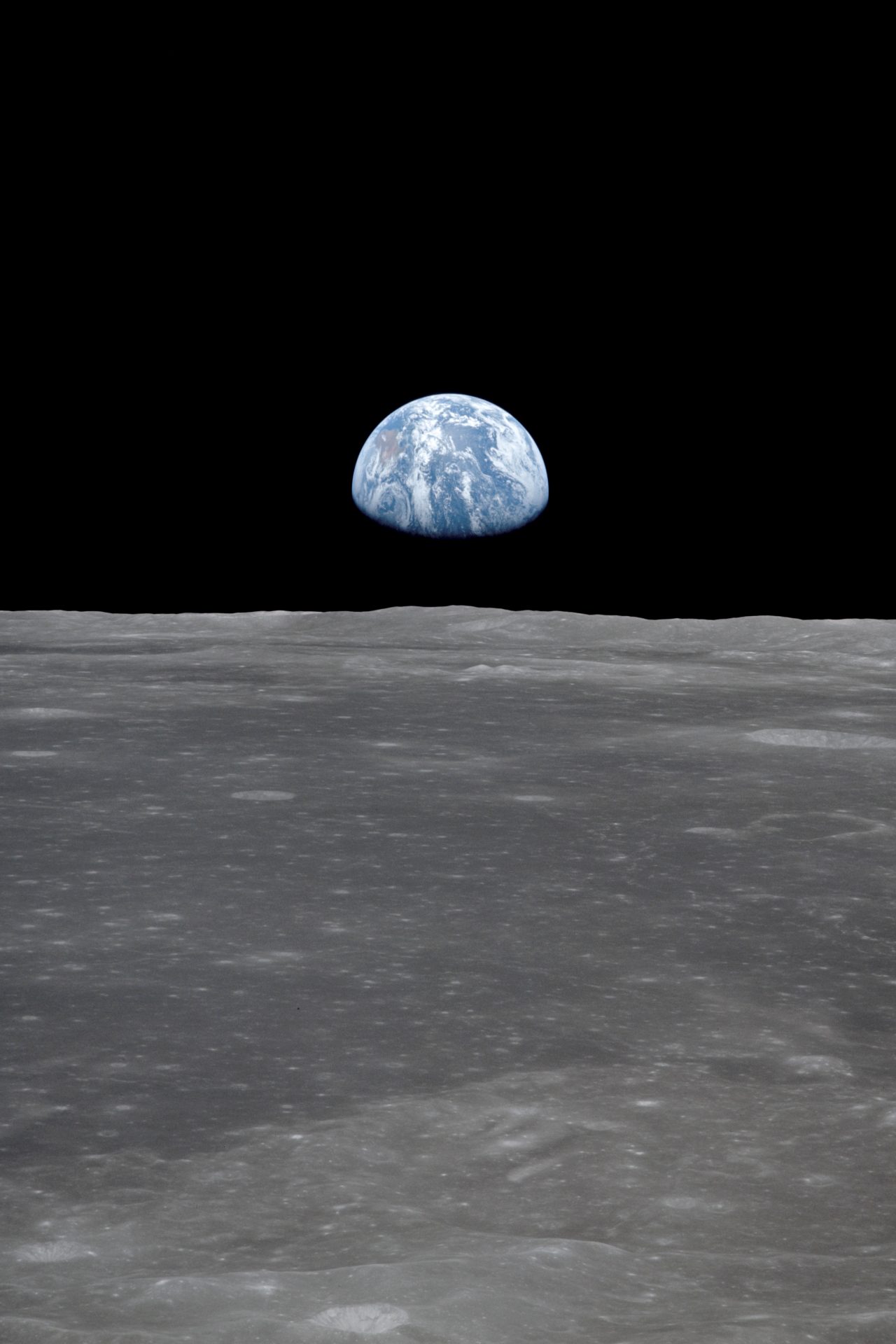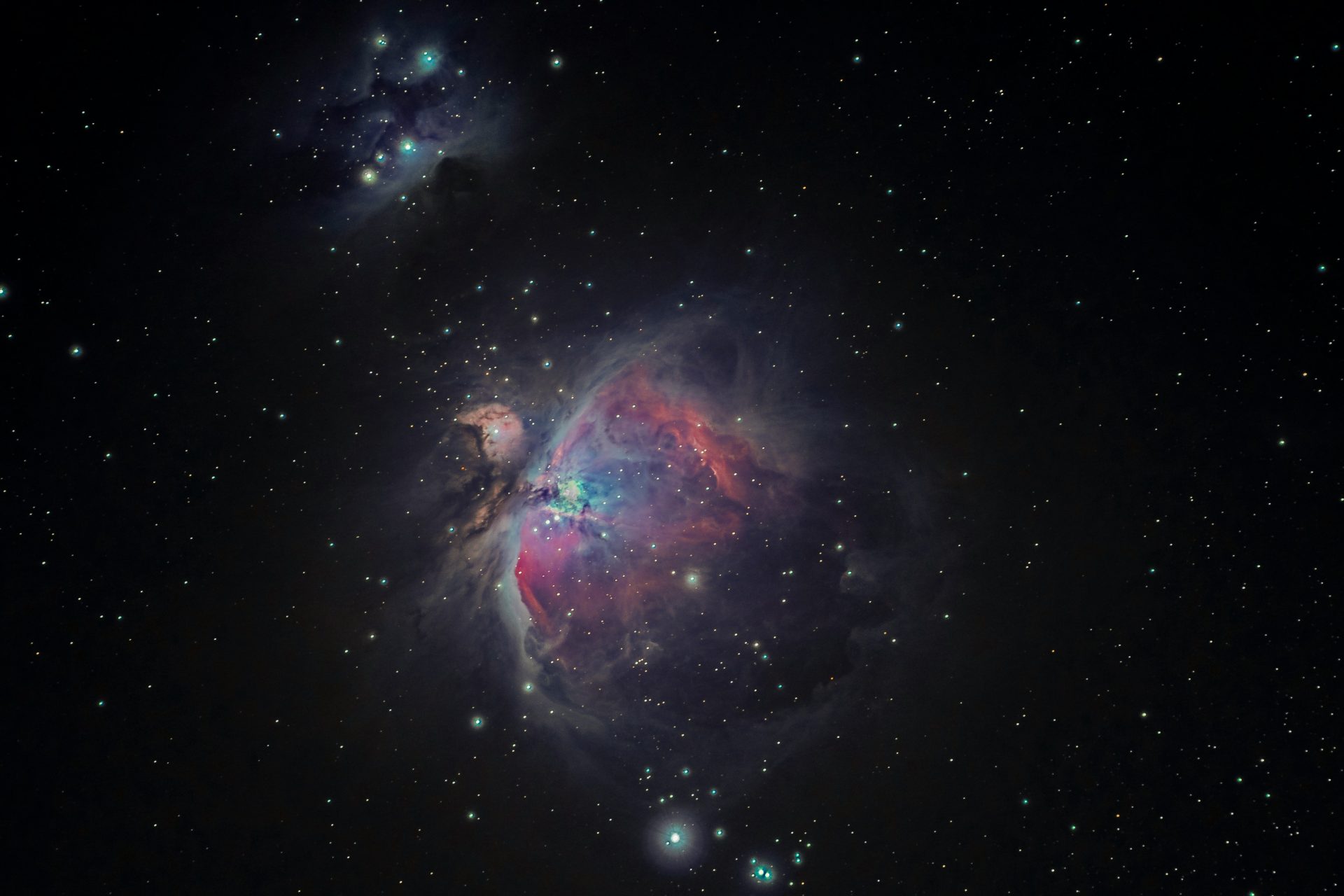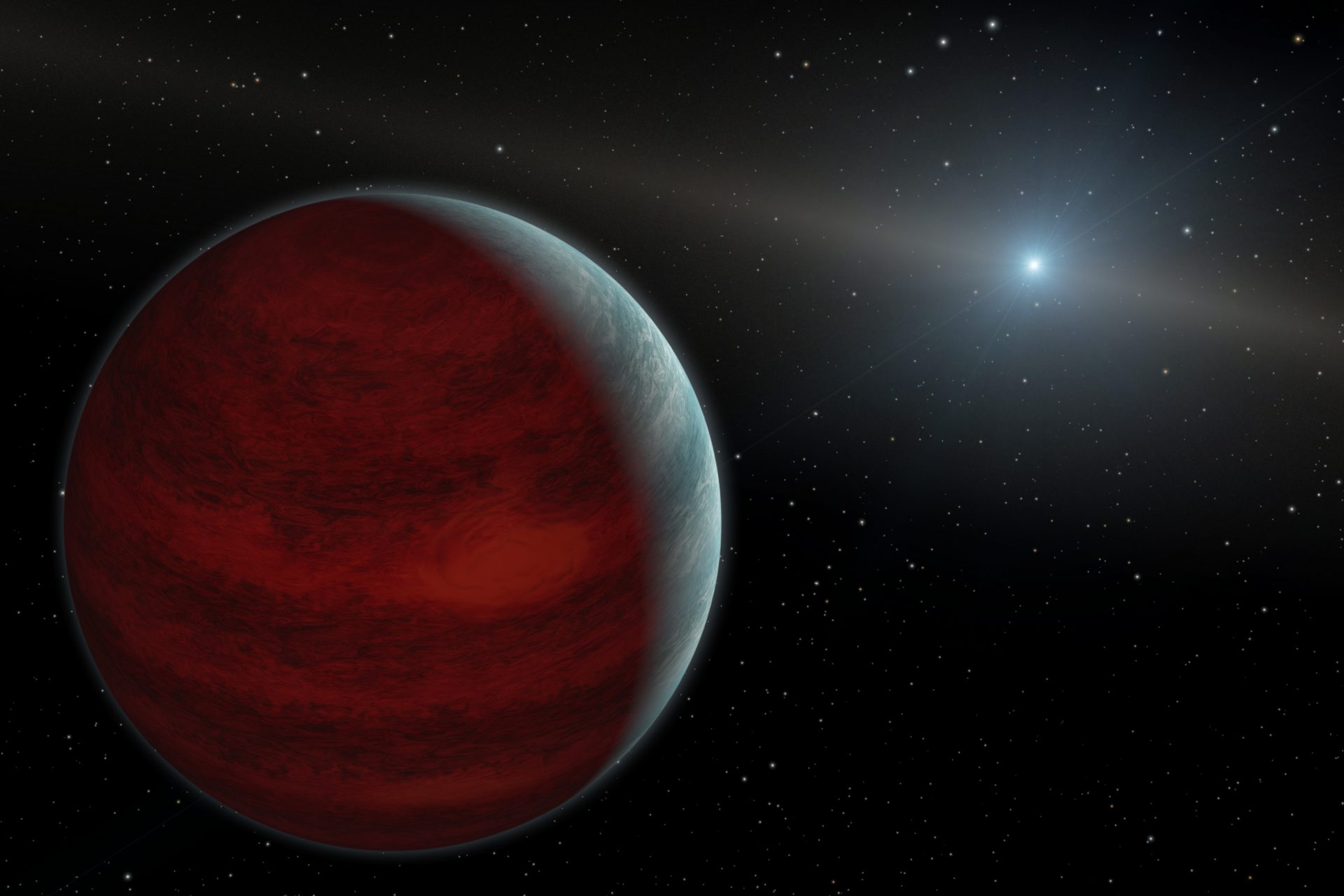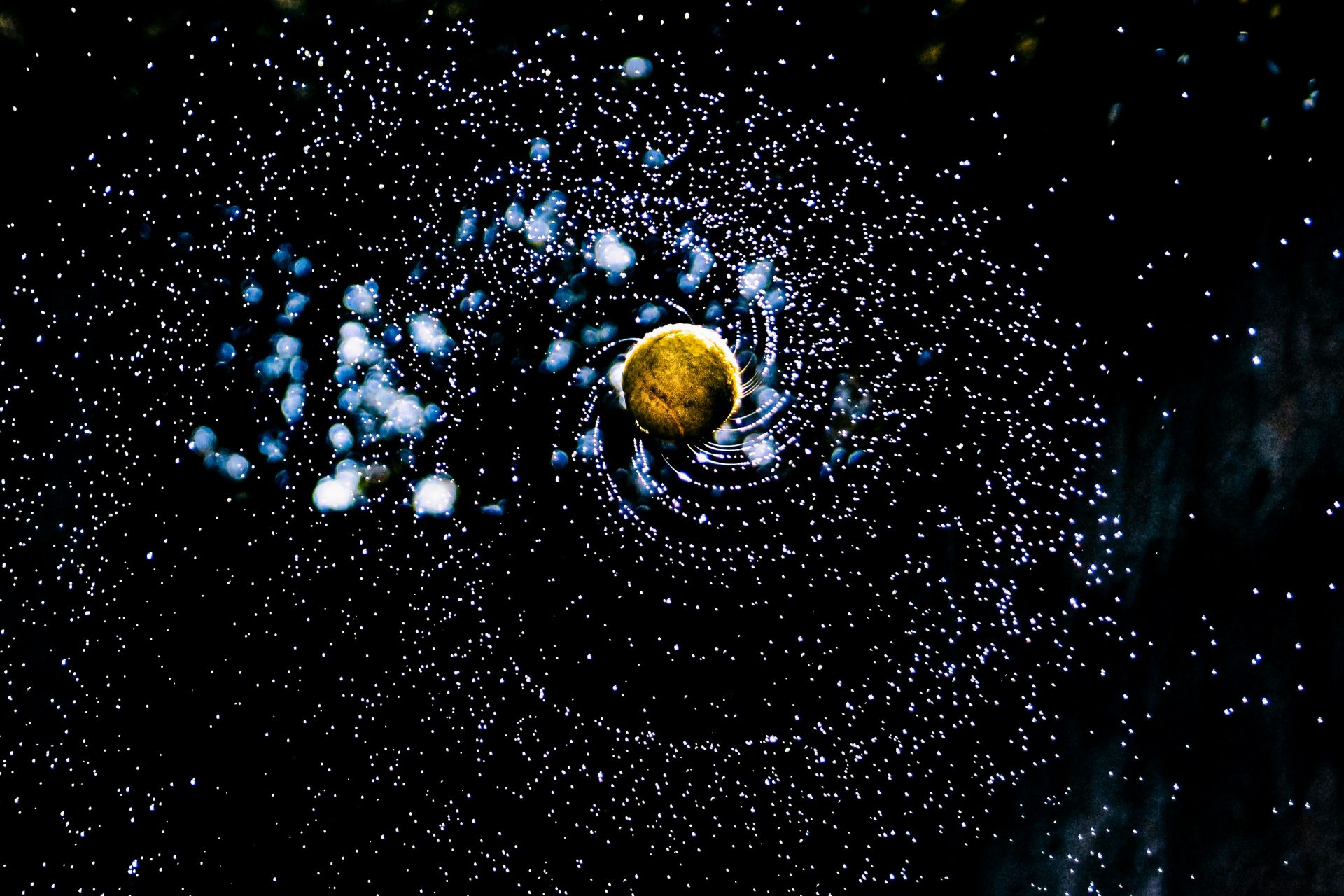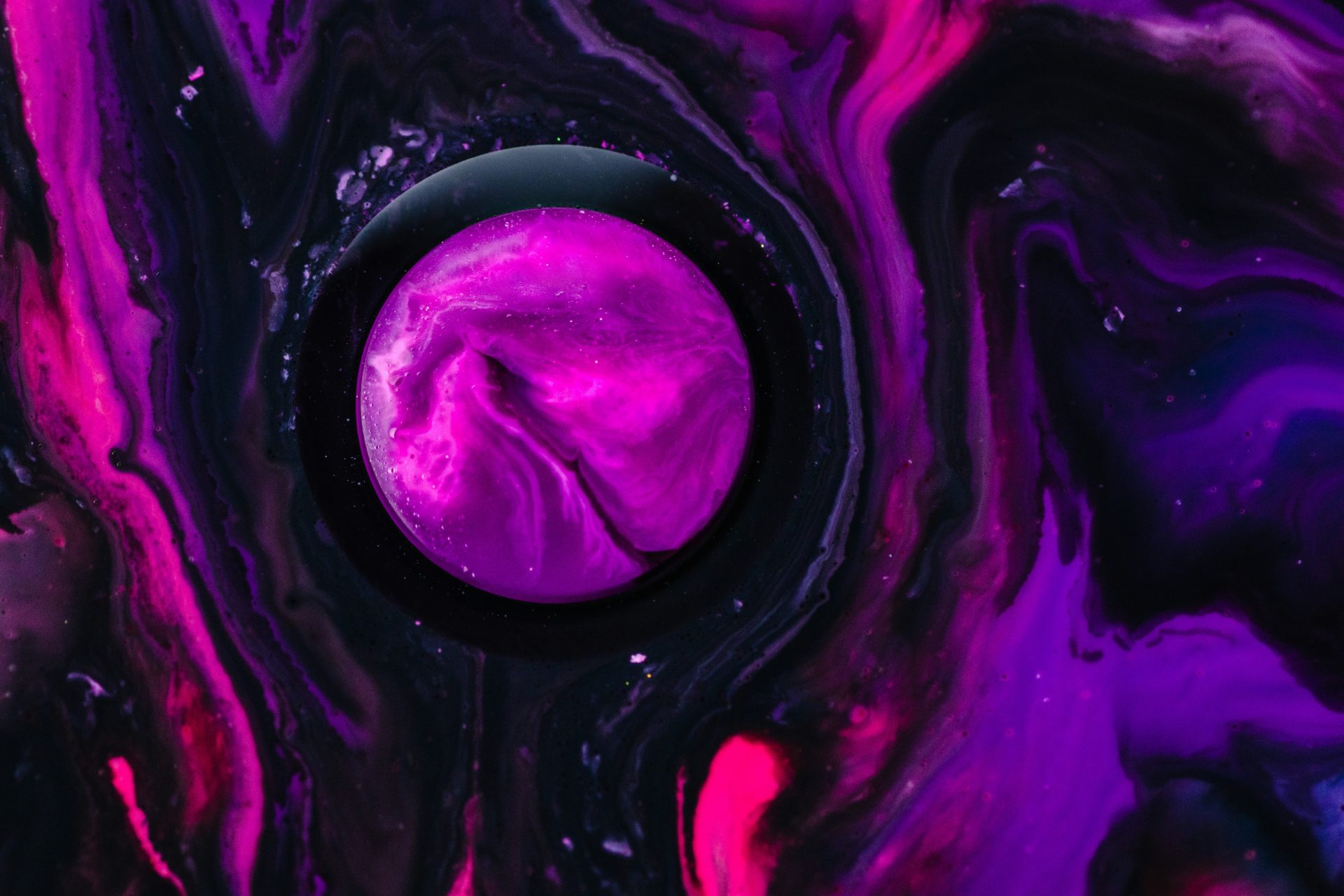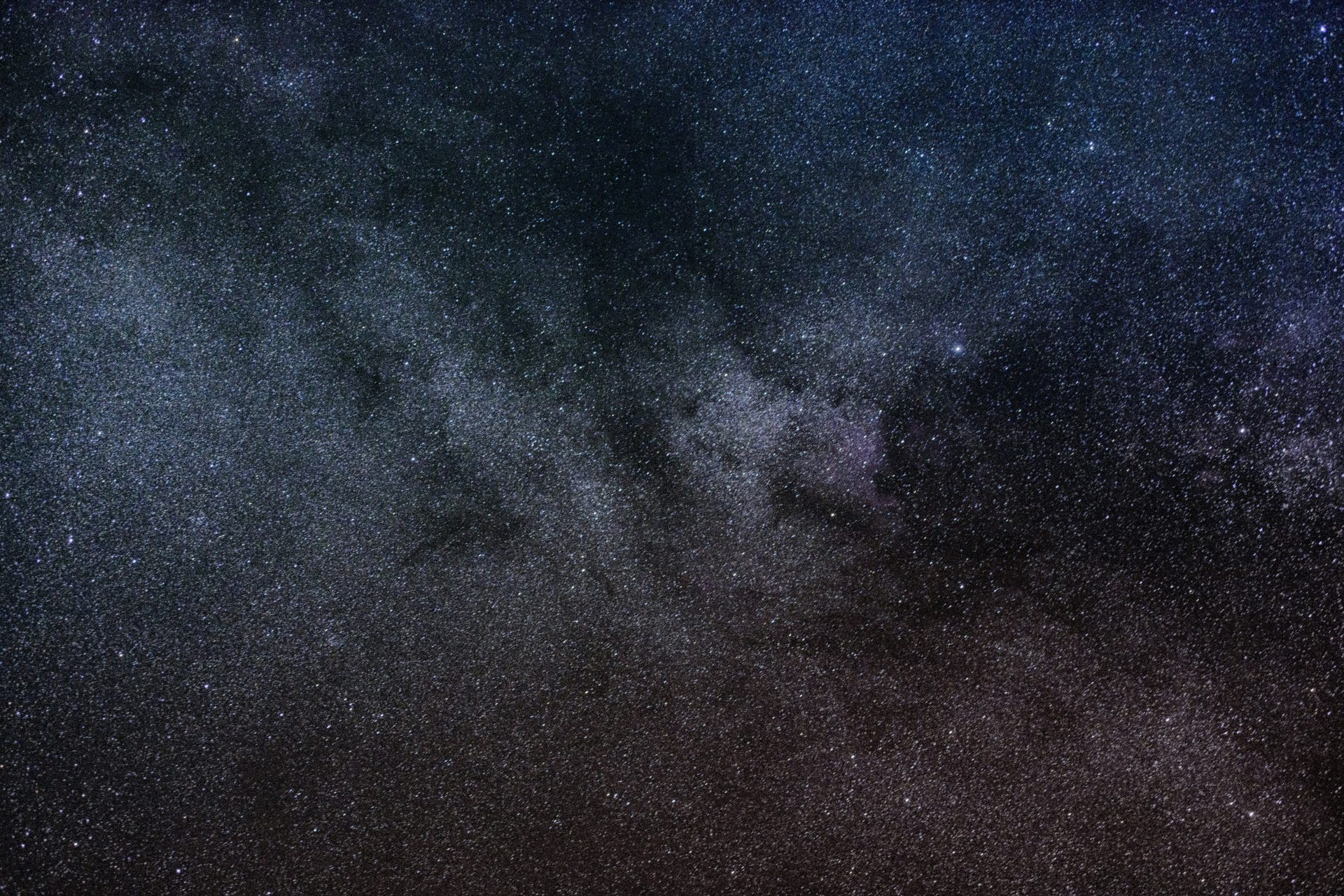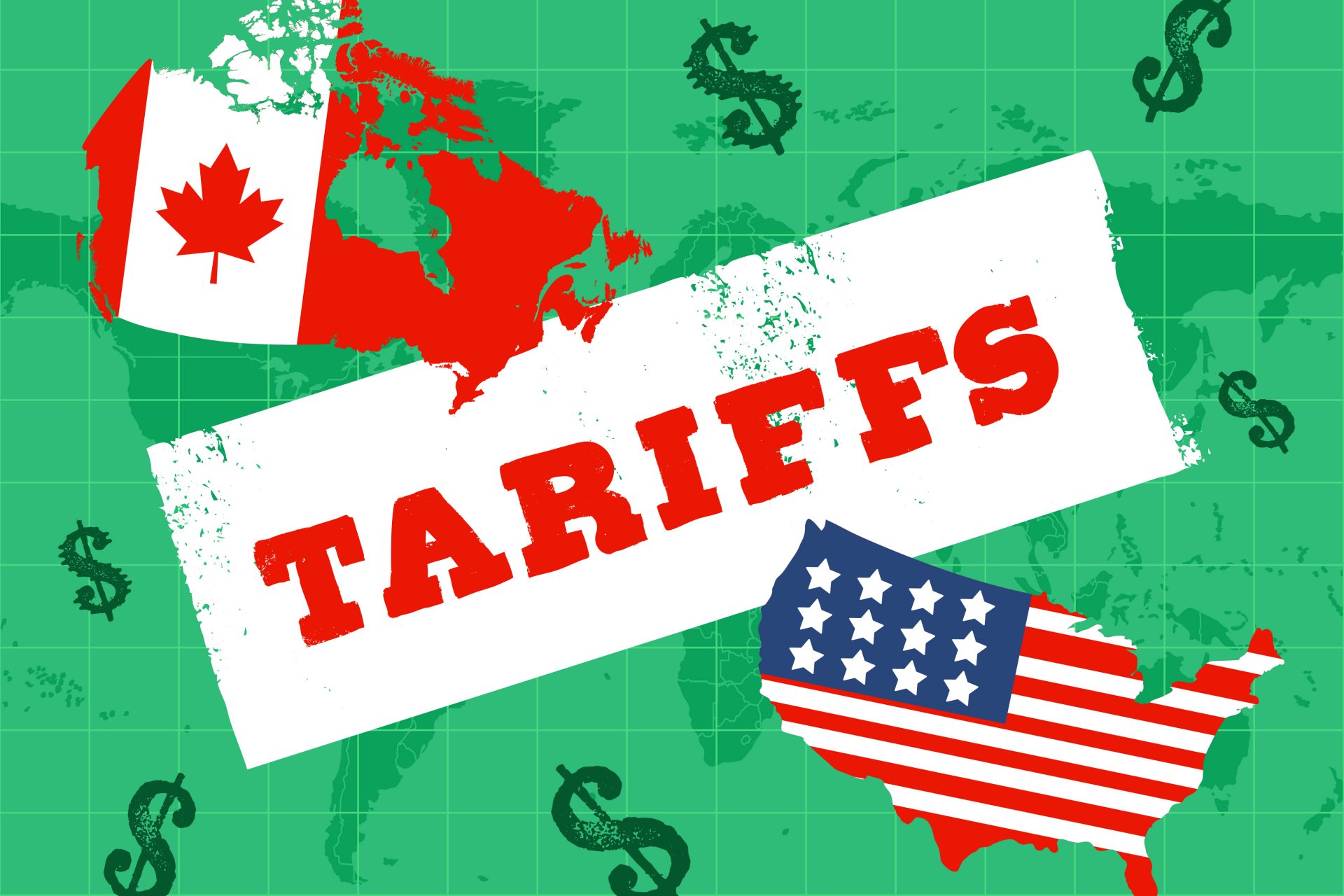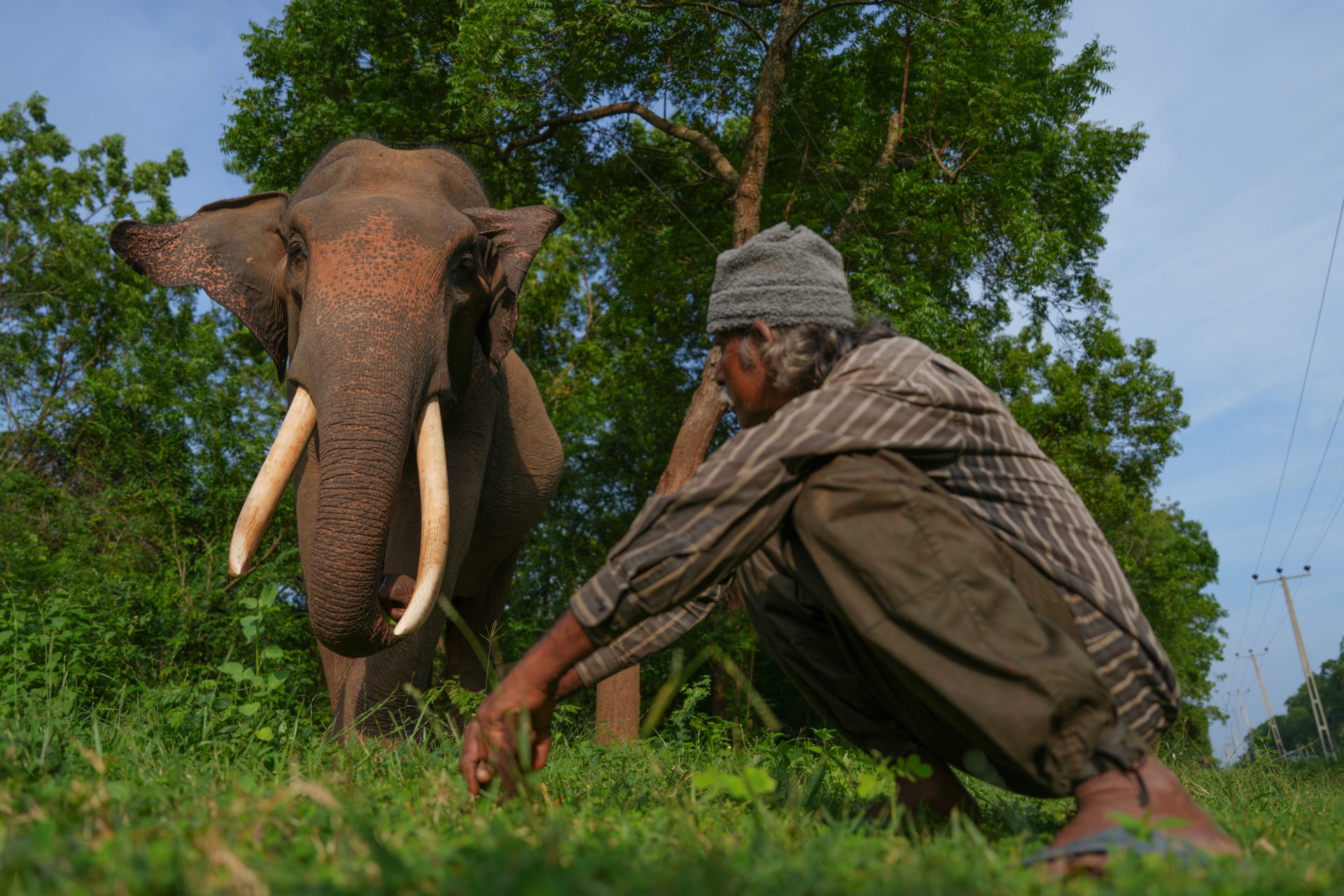Remember when scientists discovered a mysterious planet with a very weird problem?
In March 2024, an interesting new study was published by a large group of researchers who revealed that they had discovered what could be one of the weirdest planets in the universe, one they said was not only giant but had a density similar to cotton candy.
The study was published in the journal Nature Astronomy and researchers revealed the existence of a world that is 50% bigger than Jupiter and has such an extraordinarily low density it was considered a complete and total anomaly among the stars.
"WASP-193b is the second least dense planet discovered to date,” explained study first author Khalid Barkaoui, a Postdoctoral Researcher at the University of Liège's EXOTIC Laboratory, about the new anomalous world.
Barkaoui went on to note that the only other planet researchers have found in our universe that is lighter than WASP-193b to date is Kepler-51d, which is a far smaller planet than WASP-193b.
Photo Credit: Wiki Commons By NASA, ESA, and L. Hustak and J. Olmsted (STScI), Public Domain
“Its extremely low density makes it a real anomaly among the more than five thousand exoplanets discovered to date,” Barkaoui added. He also noted that WASP-193b’s abnormally low density could not be reproduced by standard models.
Photo Credit: Unsplash by Graham Holtshausen
WASP-193b was originally found in the sky by the Wide Angle Search for Planets from data the project captured from 2006 to 2008 and 2011 to 2012. Later research allowed a group of scientists to estimate the planet’s size.
Measurements revealed WASP-193b’s mass and size were 0.14 and 1.5 that of Jupiter, but they also uncovered something that surprised the researchers. The planet was quite the opposite of Jupiter when it came to its density.
Photo Credit: By Aldaron, Own Work, CC BY-SA 3.0
WASP-193b has a density of 0.059 grams per cubic centimeter, which the researchers have noted is very similar to cotton candy at 0.05 grams per cubic centimeter.
Photo Credit: Unsplash by Brandi Alexandr
To put the previous numbers into some perspective, Jupiter has a density of 1.33 grams per cubic centimeter, and Earth has a density of 5.51 grams per cubic centimeter.
“The planet is so light that it’s difficult to think of an analogous, solid-state material,” Julien de Wit, professor at Massachusetts Institute of Technology and a study co-author according to a press release on the research, explained about WASP-193b extremely low density.
Photo Credit: Unsplash by Alexander Grey
“The reason why it’s close to cotton candy is because both are pretty much air,” de Wit added. “The planet is basically super fluffy.” However, humans won’t be paying a visit to this unique cotton candy world any time soon.
Planet WASP-193b—the scientific designation of the cotton candy world—is located 1,200 light years from Earth according to CBS News. However, that doesn’t mean that researchers aren’t putting forward their best guesses about the planet’s makeup.
The authors of the study suggested that WASP-193b is most likely made up of hydrogen and helium like many other gas giants in our universe. It is these gases that may be causing the planet's abnormally low density
Photo Credit: Unsplash by Bryan Goff
The researchers also indicated that the hydrogen and helium on WASP-193b have probably extended the planet's atmosphere tens of thousands of kilometers further than Jupiter’s atmosphere according to a press release on the study's findings.
However, how WASP-193b has inflated so much and developed a density consistent with cotton candy is not understood, though we do know it would require a significant deposit of energy into the planet’s interior.
Photo Credit: Unsplash by Alazar Kassahun
“We cannot explain how this planet was formed. Looking more closely at its atmosphere will allow us to constrain an evolutionary path of this planet,” said study co-author Francisco Pozuelos, an astronomer at the Instituto de Astrofisica de Andalucia.
Photo Credit: Unsplash by Danny Lines
“WASP-193b is a cosmic mystery. Solving it will require some more observational and theoretical work,” Barkaoui said about the weird new planet. How long it will take before these mysteries are uncovered is still unknown!
Photo Credit: Unsplash by Nathan Anderson
More for you
Top Stories



